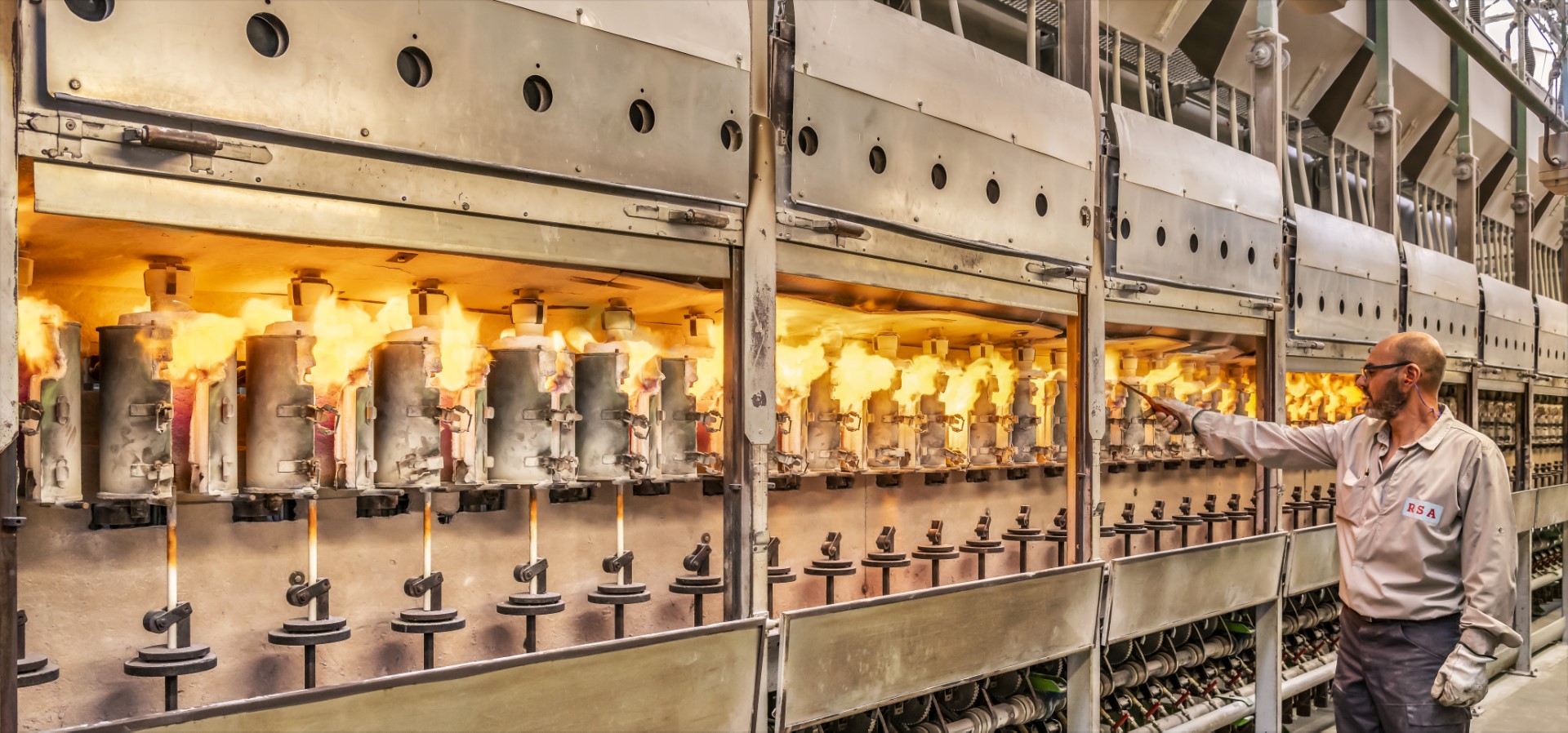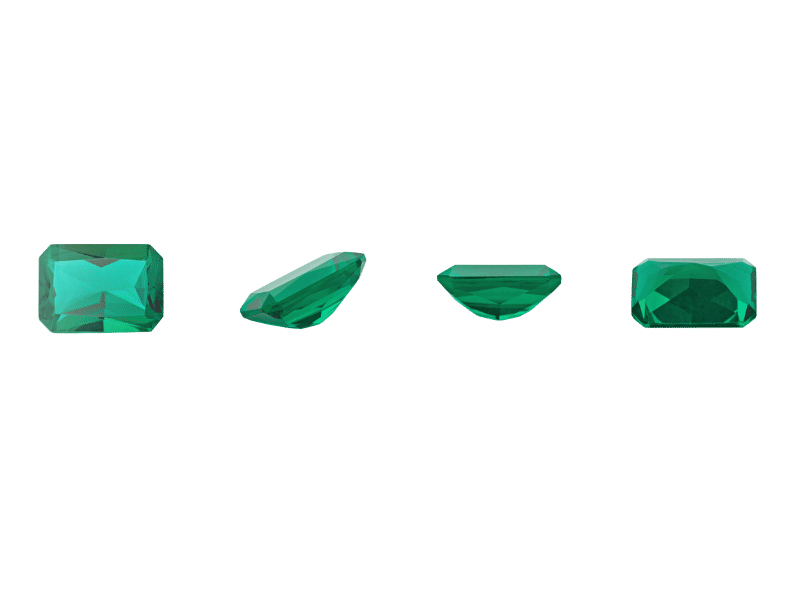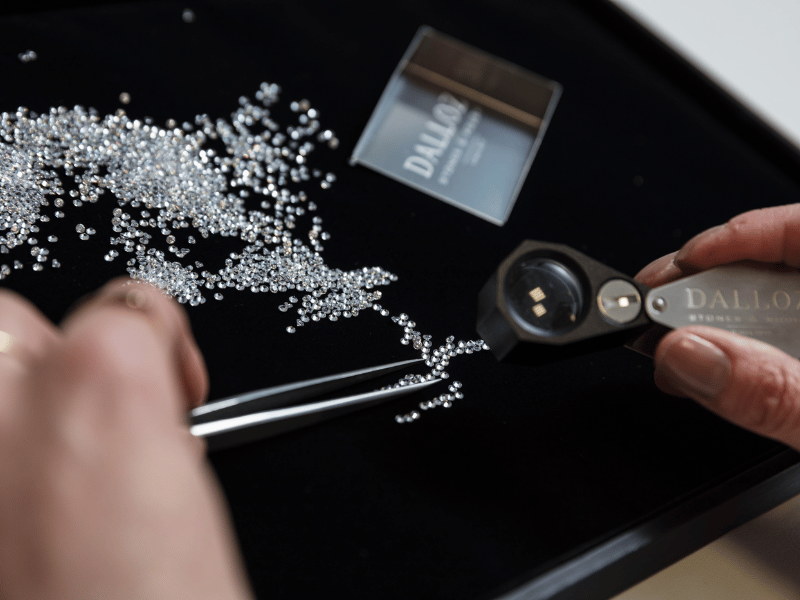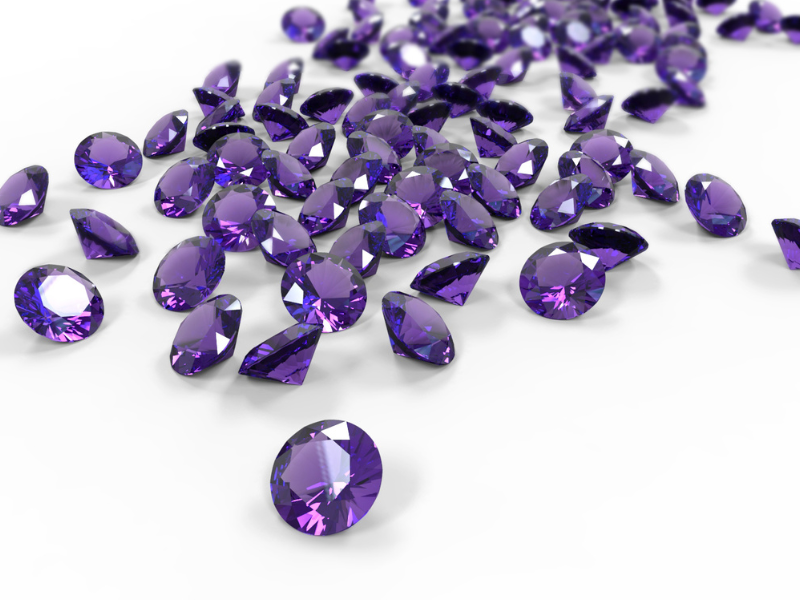
Long mistaken for one another due to their origin from the same deposits, spinels and corundums (the family of rubies and sapphires) have fascinated people for millennia.
We have been able to create their synthetic equivalents in laboratories since 1902. This breakthrough is thanks to a French chemist, Auguste Verneuil, who gave his name to the production process: the Verneuil method.
Our French rough at Dalloz Stones & Rough is grown in a factory in Grenoble. This magic happens at RSA Le Rubis, a name synonymous with unmatched expertise for many prestigious Swiss watchmaking houses. They are renowned for producing crystals of exceptional quality. We had the honor of being welcomed into their facilities to witness their craftsmanship firsthand.
Join us on this journey and discover the fascinating world of synthetic gemstone production.
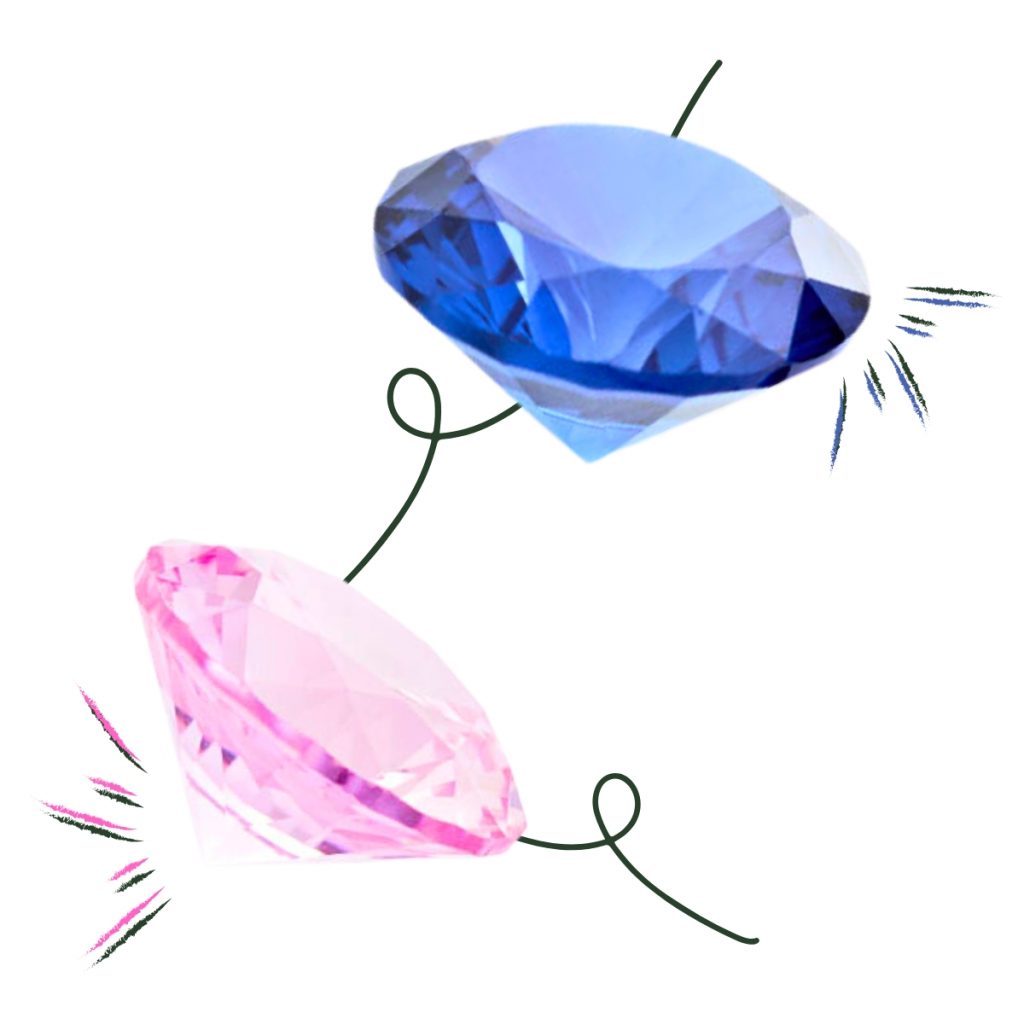
1) The Verneuil Method for Creating Corundum and Spinel
The diversity of methods used to form corundum and spinel rough reflects the depth of lapidaries’ commitment to technical innovation: the Czochralski method, the flux method, the skull melt (or boiling flux) method, the hydrothermal method…
Among these techniques, the Verneuil method stands out as the first commercially viable process for producing synthetic gemstones.
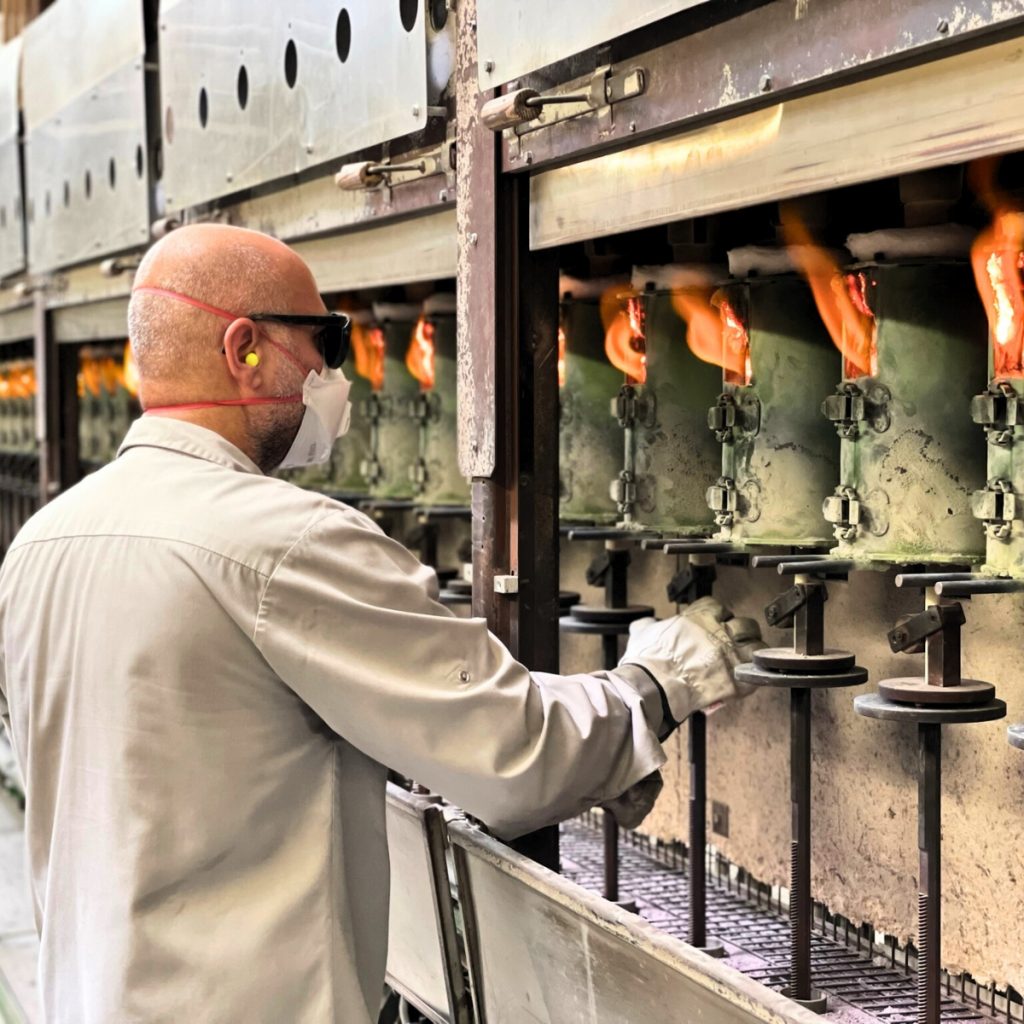
a) Process Explanation
One of the most iconic methods for producing synthetic gemstones—especially corundum and spinel—is the Verneuil process, also known as the Flame Fusion Process, a revolutionary technique developed in 1902.
The Verneuil process involves the precise melting of alumina powder at extremely high temperatures (around 2000 °C). The powdered alumina is heated to such an extent that it transitions from a solid to a liquid state, then gradually deposits and crystallizes upon contact with a seed crystal placed on a support.
Though seemingly simple, this process actually requires extremely precise control of the growth conditions—specifically the temperature and the amount of powder deposited. These parameters are crucial to the final quality of the crystal.
Once the crystal has reached the desired size, it is carefully cooled, resulting in a high-quality synthetic corundum or spinel.
b) An Energy-Intensive Process
The Verneuil process, which forms the basis for creating synthetic corundum and spinel, requires a significant amount of energy to heat the furnaces to the extremely high temperatures necessary to melt the alumina powder.
Several energy sources can be used, most often fossil fuels. RSA Le Rubis has chosen to stand out by using clean, renewable, or recycled energy sources.
2) Rough Stones Made by RSA: Sustainable and High-Quality
Founded in the early 20th century, RSA quickly earned a reputation for unmatched expertise in the crystallization process. The company continues to invest in its facilities and processes to offer high-quality, ethical, and sustainable products.
a) Rough Produced with Renewable Energy
It is important to note that specific gases—namely hydrogen and oxygen—are required to create conditions necessary for crystal growth.
1. Electrolysis
Electrolysis is a process that involves breaking down water molecules (H₂O) into their constituent elements—hydrogen (H₂) and oxygen (O₂)—using electricity.
To do this, RSA Le Rubis takes advantage of renewable electricity generated by hydroelectric dams located near its factory in Grenoble, France.
Gases are then directed to the production circuits.
Electrolysis-based synthesis has the advantage of producing high-quality, pollutant-free gases, which in turn allows for the creation of materials with high purity. This is precisely why RSA Le Rubis chose to adopt this method.
Electrolysis is much more than just a gas production process. It is the key to purity, quality, and sustainability in the manufacturing of synthetic corundum and spinel.
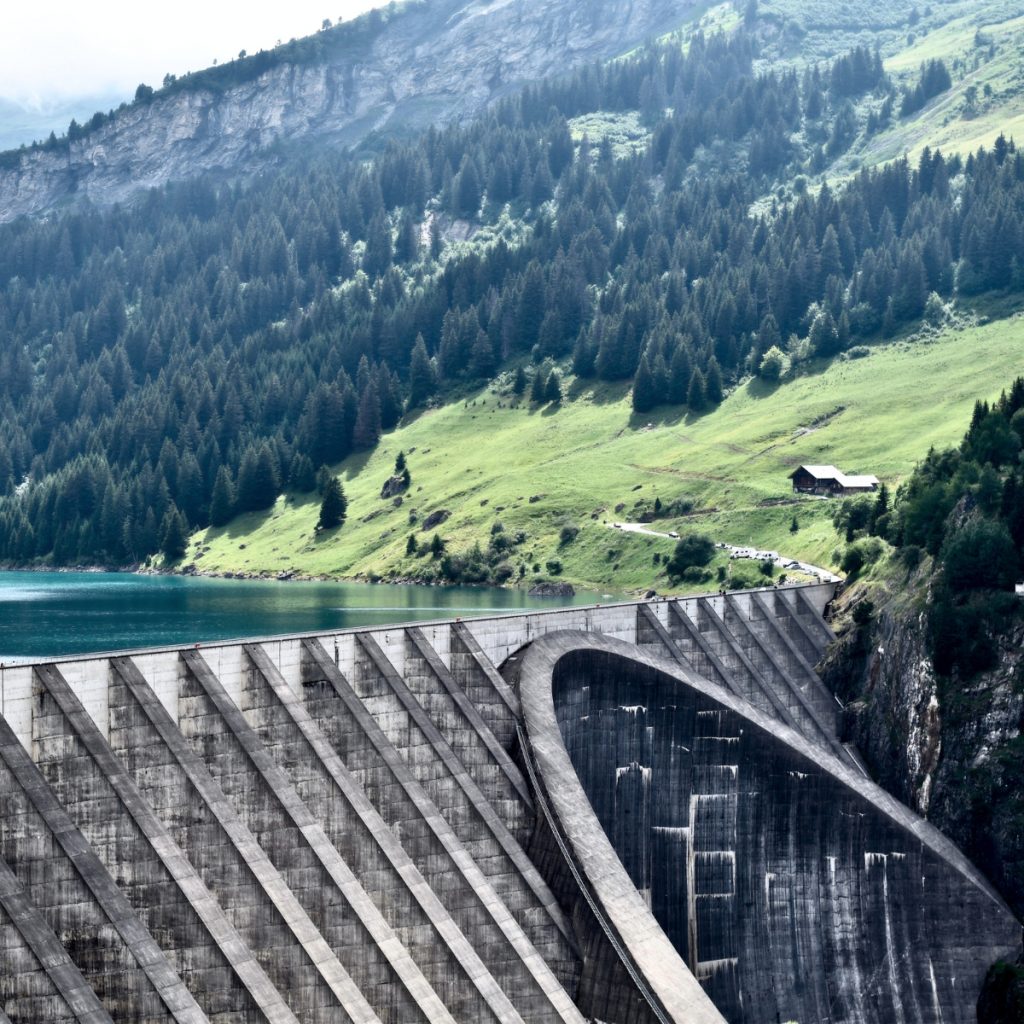
2. Recycling
The second energy source involves recycling emissions from chemical plants. To meet their additional gas requirements, RSA Le Rubis collaborates with industrial partners such as Arkema to recover hydrogen from their processes.
This approach ensures that no fossil fuels are used by RSA Le Rubis to produce hydrogen, making it possible to guarantee that the gemstones are manufactured using 100% renewable energy.
b) In-House Production of Raw Materials
The excellence of the rough stones produced by RSA Le Rubis also relies on quality of the raw materials they use.
1. The Alumina Raw Material: Alum Powder
The quality and purity of alum powder are fundamental to the Verneuil melting process, which is why RSA Le Rubis has chosen to produce it in-house.
The alum powder they use is the result of a meticulous, closed-loop process carried out entirely within their facility.
First, they produce a double salt, which then undergoes a calcination process that transforms it into alumina.
The alum powder produced by RSA Le Rubis is of significantly higher quality than that typically used in the cosmetics industry: it is an alum salt.
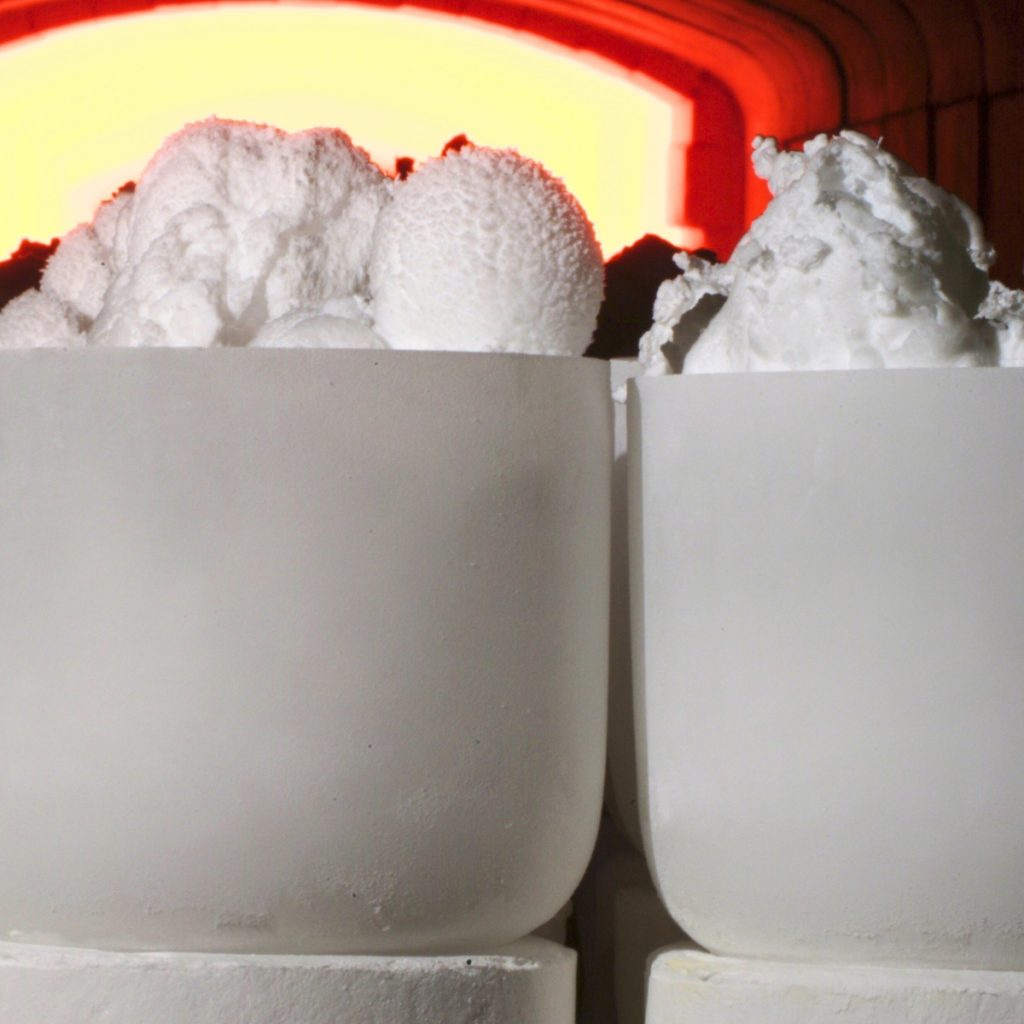
2. Alumina Doping
Using this alum powder, they produce salt crystals, which are then either doped or left pure, depending on the desired outcome. For corundum, doping is done with elements such as iron or chromium; for spinel, magnesium oxide is commonly used.
Committed to ensuring the reliability and consistency of their crystal quality, the company has chosen to integrate and control the entire production chain by manufacturing its own raw materials.
In this way, RSA Le Rubis continually strives to maintain a transparent supply chain, with a strong focus on the purity and safety of the raw materials used.
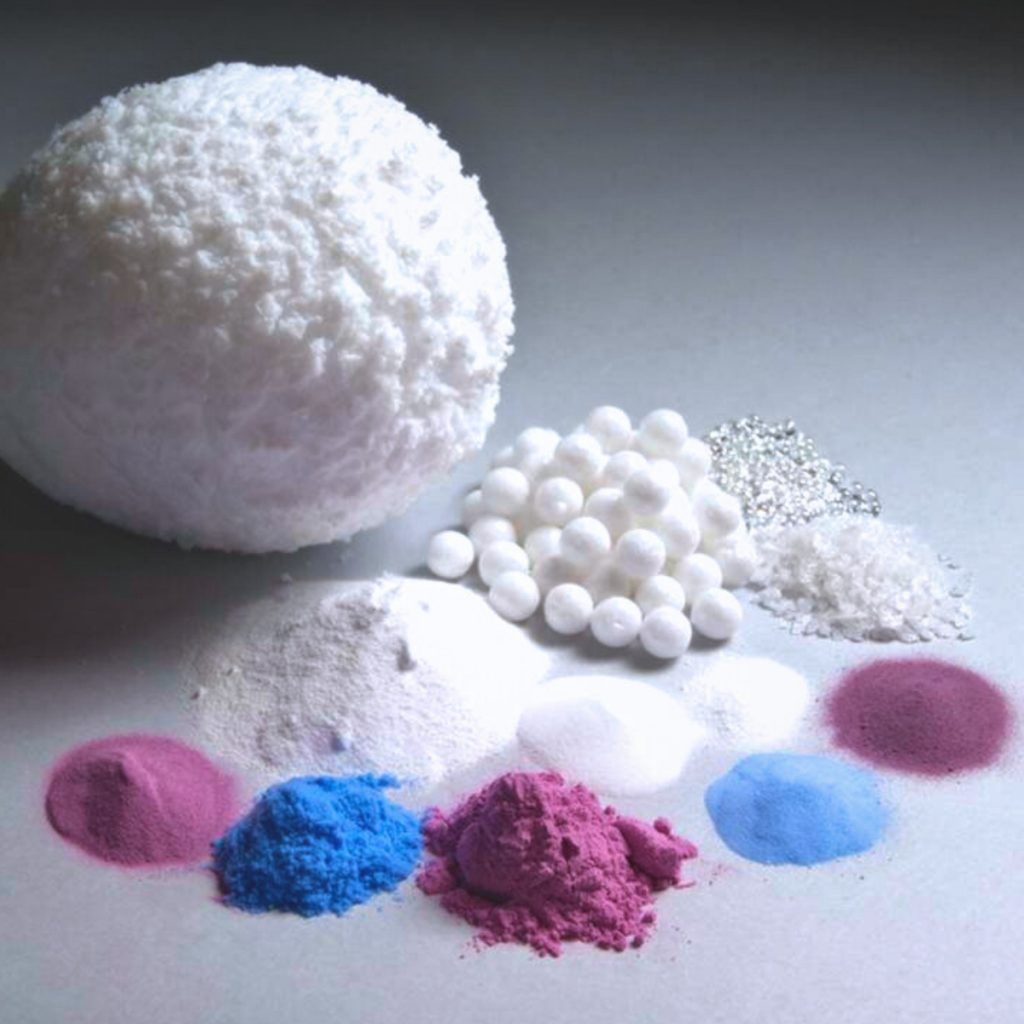
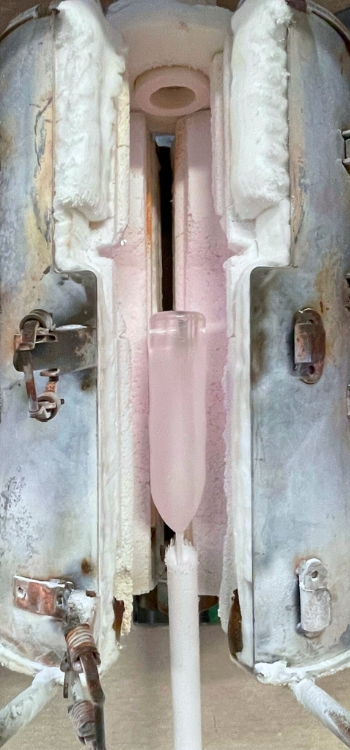
Our sincere thanks to RSA Le Rubis for opening the doors of their production facility to us. You now have a deeper understanding of the manufacturing process behind spinels and corundum. If this topic interests you, feel free to read our article on cubic zirconia or our piece on synthetic emeralds.

